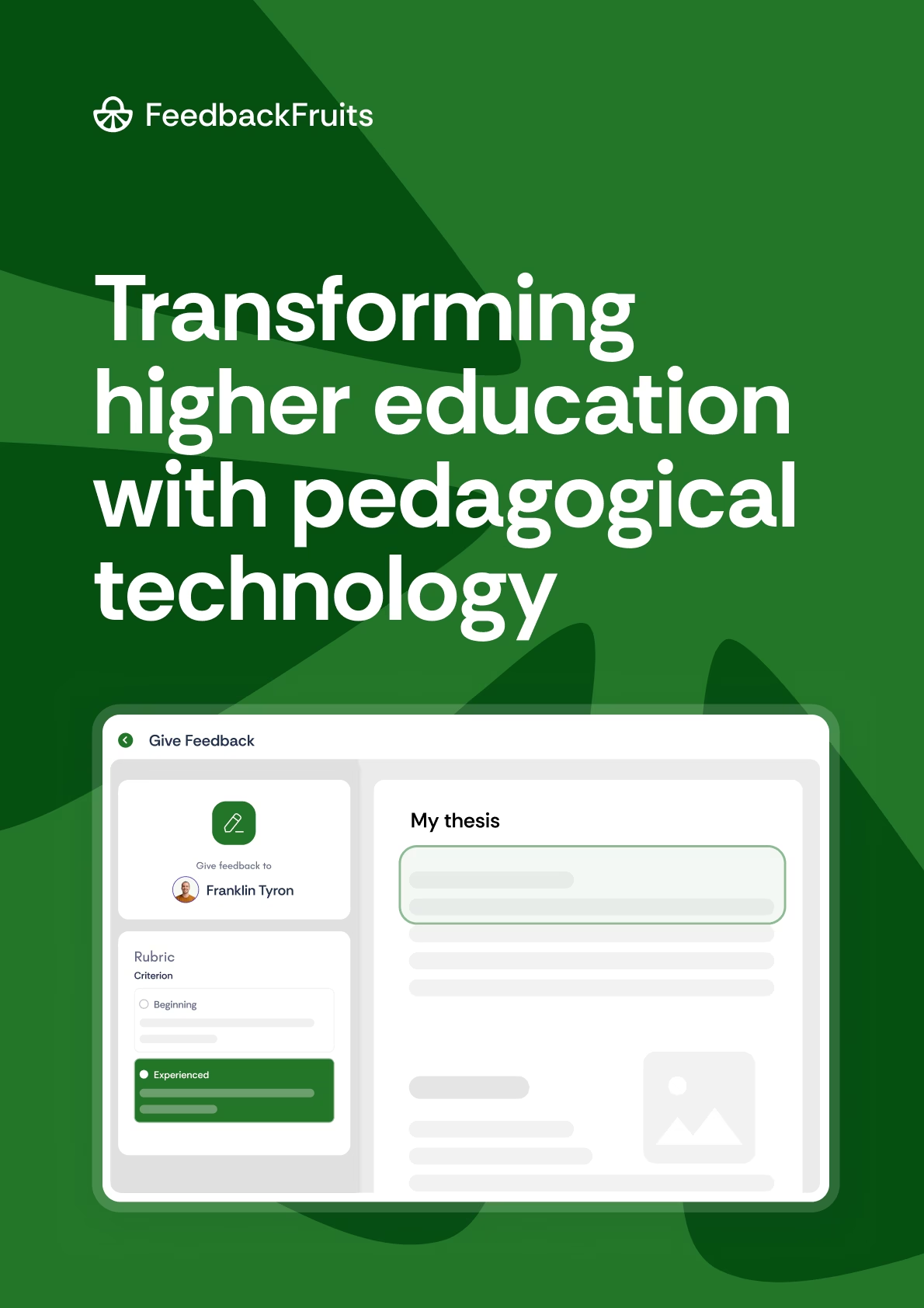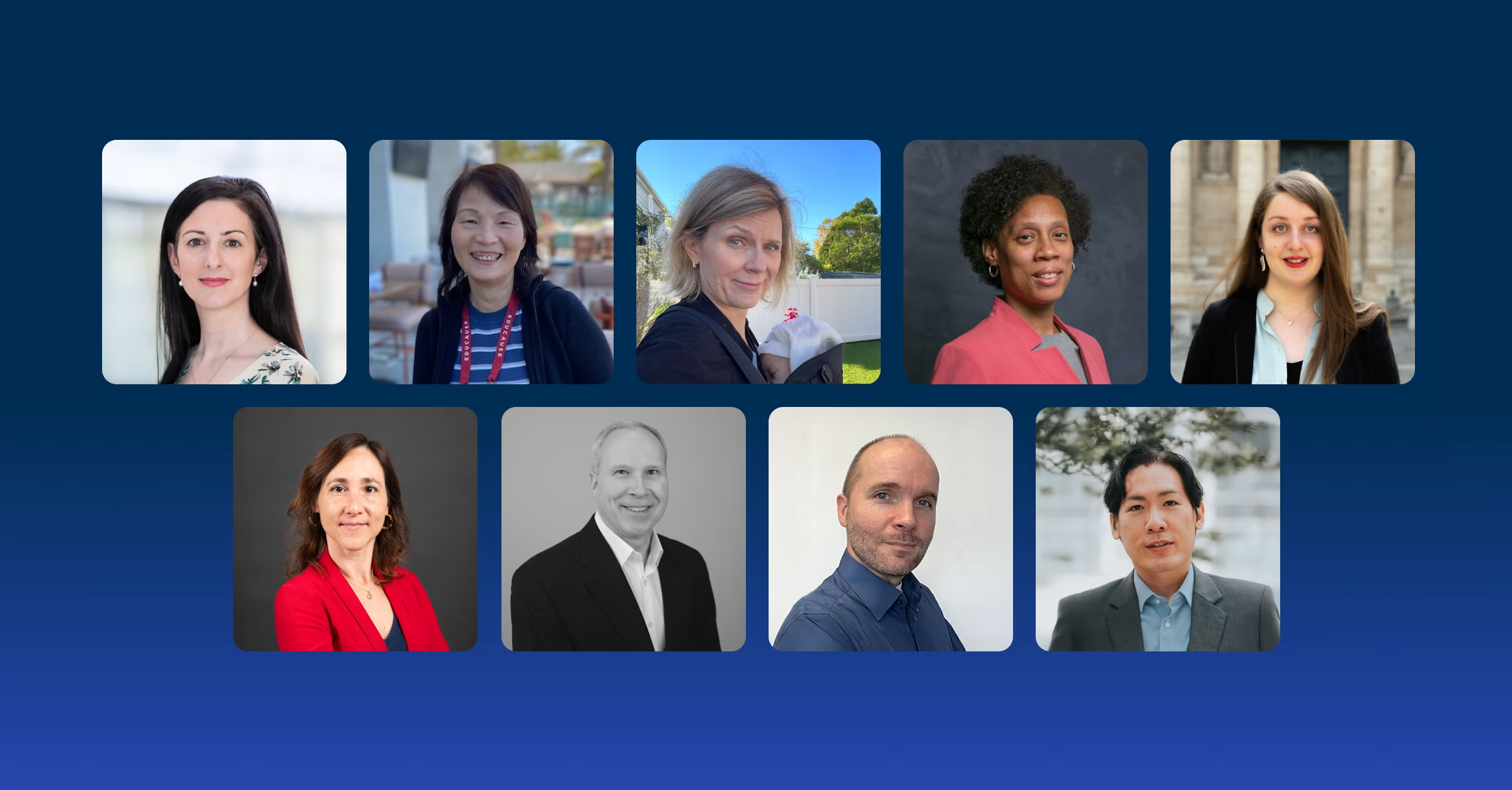Our education system is broken. Here's 4 ways we can fix it (Opinion)
In past years, registrations rates in colleges and universities have dropped, student retention rates are down, and with both faculties’ and students’ reported satisfaction, it is much the same picture. There have been significant movements in culture, both socially and in (online) learning, with widespread consequences for how, where, and why we learn. In other words, a degree doesn’t mean the same as what it once used to.
So what does that mean for us in and around education today? To what extent have institutions been able to navigate these changing tides? And how can today's learners and educational leaders turn adverse circumstances into positive outcomes?
To answer these questions, we will look at four areas, focussed mainly in higher education, where the cracks in the system start to show. These may not be obvious at first. After all, traditional educational paradigms - and indeed the ancient idea of pedagogy - have helped construct our modern civilisations. And what exactly is the difference between ‘traditional’ and ‘modern’ education? (We’re not just talking about corporal punishment) Our constant duty inside the field of education is to cast a critical eye and ask which things are working, and which are not. Based on our ongoing conversations with educational leaders and our partner institutions worldwide, here are the topics that kept coming up, as well as some ideas for how to change.

Traditional transmission

The charismatic professor addressing a captive audience in an auditorium; the sea of students diligently taking notes; the undisputed expertise of the class instructor. Are these familiar pictures of university education still valid today, where knowledge is freely available to all rather than closely guarded by experts? Indeed, should they be?
Today, students don't need to go to lectures or even leave their rooms to listen to inspiring and thought-provoking TED talks, Khan Academy tutorials, or other educational or 'edutainment' content, produced and delivered to world-class standards. The ‘transmission model’ in communication theory describes this linear, top-down dissemination of knowledge well. Incidentally, it is also a model which was built to describe how radios work, rather than humans. But in the classroom, and for institutions at large, other models are desperately needed. Many pedagogy practitioners today prefer to think along the lines of replacing transmission by transaction to achieve transformation. Or looking at the flipped classroom, an approach that like many others has been around for many years, but may only just now be becoming more feasible, due in part to greater access to technology.
Designing learning experiences
Whether it's collecting and sorting data in student information systems (SISs), grouping and assigning courses in learning management systems (LMSs), or navigating online admissions, enrolments, and financial processes at universities, we all rely on technological systems designed to streamline processes. But is there harmony between these designs and their interoperability? Are they straightforward for users, and do they deliver the intended outcome satisfactorily?
The learning experience (sometimes referred to as ‘LX’), can be thought of as the user journey from choosing a course and a school, through to admissions and enrollment, and right to the end of graduation, with everything in-between. What should this journey look like? What should learners and educator get out of these experiences? For many, a sense of opacity and rigidity seems to be the unfortunate characterization. This in turn leads to a situation where no one feels things can be improved; why give feedback on a poorly-designed course or process when no one listens and nothing changes? Put another way, there is often no clear contract of intersubjectivity in place, and as a result, poor expectation management. Some courses lack constructive alignment to give structure to learning; others provide only limited instructions for support, or lack rubrics which define and delineate success. In these traditional settings, it’s difficult to imagine modernisation in teaching or adaptive learning. Campuses and cultures are changing, and school systems must be aligned to keep up with these changes. This means adequate training and budget (as well as time and space) for faculty development are essential to stay on top of the ever-evolving landscape.
“Learning is a complex interactive process, you can’t apply a reductionist approach." - Professor Lambert Schuwirth - Flinders University
The goal of grading
We all know that ‘one-size-fits-all’ is not a scalable or sustainable model for educational success. Luckily, today there is more recognition of neurodiversity and the need for access and accessibility. But this does mean that traditional assessment practices lose relevance, particularly where specialized course offerings still dominate a job market requiring generalized skillsets.
This has huge connotations for not just those in school, but those finished with it. How can a letter grade or GPA tell you about your holistic skillset as a professional or communicate your suitability for a career path? If my doctor was great at passing exams but never learned the interpersonal skills needed for a consultation, are they even able to diagnose me? Conversely, if a medical student is terrible at remembering the mnemonics for labeling body parts, but is otherwise an excellent communicator and an empathetic, skillful diagnostician, should they be prevented from entering practice due to scoring lower than their peers on a test which could be answered by a search machine?
There have been attempts to evolve from this standard with approaches like competence-based education and programmatic assessment, neither of which are new ideas, but which are seeing a resurgence in popularity due to our new technological infrastructures. Authentic assessment is yet another vital consideration when training the leaders of tomorrow. Though they vary in scope and application, there is a common thread between all these ideas: relying solely on traditional point-based grading as a way of standardizing qualification restricts real talent from being nourished and essential skills from being developed.
Meaningful learning
When a majority of graduates end up working in fields outside than their area of study, why still choose to pursue a degree at all? It's also common for us to forget what we learned at school, particularly if we're not actively applying that learning. We may have learned about quadratic equations, mitochondria, or ox-bow lakes, but if we’re not doing anything with that information, it will leave our memory to make space for new, more relevant knowledge.
So what are we doing with all that time in primary, secondary, and tertiary education - often more than two decades of our lives? More educators are coming to a new understanding of school - that the importance lies less in remembering content, but rather practicing and applying the terribly-named soft skills. Think collaboration and group work, leadership and critical thinking, which also fall under the umbrella of 21st century skills. What good is remembering and regurgitating information when internet searches make much recollection obsolete? Institutions are no longer considered the bastions of knowledge and expertise in content, but instead must adapt towards a role of curation, coaching, and guiding learners toward autonomy. At the very least, this requires a change in attitude, but the likely truth is the need for a paradigm shift before a new standard is reached.
As we don't want to leave you on a downbeat, let's leave with some happy news: we have the means and the methods to turn these contradictions into action. What can you do?
- Stay on top of the trends and transformations in pedagogy and technology. Know what's hype and what's proven, and remember that many ideas may be generations old, but with new potential in our modern infrastructure.
- Look at programmatic assessment, universal design for learning, flipped classroom, and try, try, try. Interactivity and collaboration are essential to develop richer learning outcomes so equip yourself and your class to encourage this.
- Use the power of your network. If not your learning designers, center for teaching and learning, or general faculty department, there are even more places built to support your curiosity and growth.
Conclusion
And yes, it can be a long and tiresome road in this field as you wait sometimes a whole semester or half-year to before seeing the fruits of your efforts. But try, try, and try again. That's what we tell our students after all.
“What we want to instill on our students is that they continue to learn, and have the agency and ability to assess, collect information, self-assess, reflect, and to set goals for future learning after graduation.” - Professor Lambert Schuwirth - Flinders University
If you're driven by wanting to see real positive change and scaling up that impact, check out our educators initiative here.
















![[New] Competency-Based Assessment](https://no-cache.hubspot.com/cta/default/3782716/interactive-146849337207.png)










